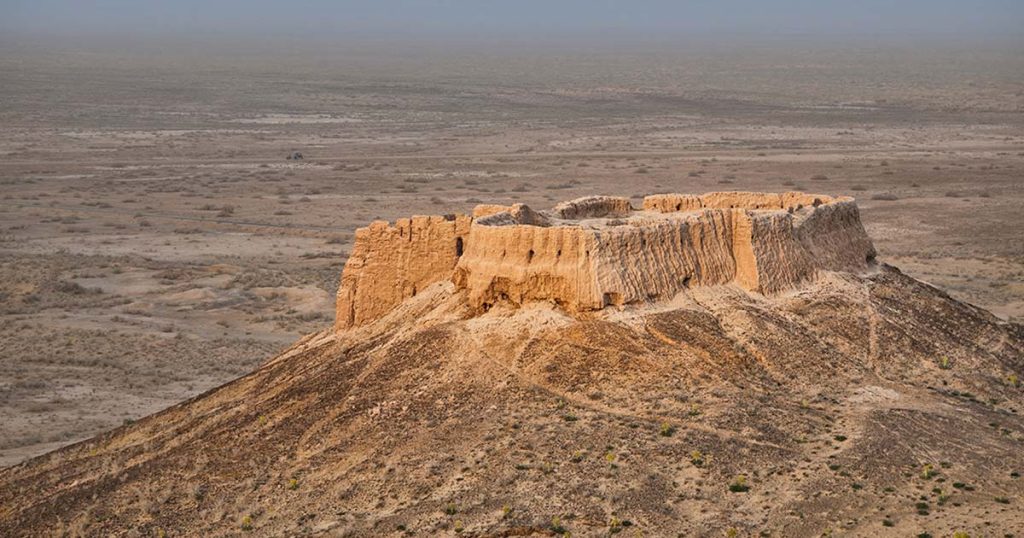Nestled at the very core of ancient Central Asian history lies the enigmatic Pax Kushana Empire, a once-powerful civilization that flourished during the critical centuries of the Common Era. Stretching its influence across the arid landscapes of modern-day Uzbekistan, Afghanistan, Pakistan, and parts of northern India, the Kushan Empire emerged as a cultural and commercial crossroads, weaving together the rich threads of East and West along the ancient Silk Road.
The Enigmatic Origins and Rise of the Kushan Empire


The early origins of the Kushan Empire are intricately tied to the migratory patterns and geopolitical dynamics of Central Asia during the 1st century AD. Believed to be descendants of the enigmatic Yuezhi, a nomadic people possibly displaced from western China, the Kushans embarked on a journey of consolidation and expansion under the leadership of figures like Kujula Kadphises and his son, Vima Takto.
Forging the Foundations of an Empire

The Kushans, though shrouded in historical ambiguity, expanded their territories westwards, encompassing strategic regions like Bactria, Gandhara, Northern India, and the Central Asian Corridor. This expansion laid the groundwork for a diverse and prosperous empire, marked by shifting capitals and a vibrant cultural tapestry.
The Heartlands of Kushan Power

- Bactria: Central to Kushan dominance, Bactria served as a nexus for trade and cultural exchange along the Silk Road.
- Gandhara: An epicenter of artistic innovation, Gandhara witnessed the fusion of Greek and Indian styles, giving birth to the iconic Gandhara art.
- Northern India: Key territories in modern-day northern India played a vital role in the economic and cultural life of the empire.
- Central Asian Corridor: Facilitating trade between East and West, this corridor bolstered Kushan prosperity and influence.
Cultural Renaissance and Religious Pluralism

The Kushan Empire thrived as a melting pot of cultural and religious diversity. From the emergence of Gandhara art to the promotion of religious tolerance under rulers like Kanishka the Great, the empire fostered a rich tapestry of beliefs and artistic expression.
The Crest and Decline of a Mighty Empire
Despite its zenith under emperors like Kanishka the Great, the Kushan Empire faced internal strife and external pressures that ultimately led to its decline. Invasions by Sasanian Persians, Indian Guptas, and nomadic tribes, coupled with economic shifts and succession disputes, culminated in the fragmentation of the once-mighty empire.
The Legacy of Pax Kushana
By the mid-4th century AD, the Kushan Empire had faded into obscurity, leaving behind a legacy of cultural, religious, and artistic exchange that continues to captivate scholars and enthusiasts. While their history remains enigmatic, the achievements of the Pax Kushana endure as a testament to the resilience and dynamism of ancient Central Asian civilizations.



I thought you did a great job here. The wording is excellent and the illustration is tasteful, but there’s a feeling that you might be giving more, which would probably happen again if you go on this walk.